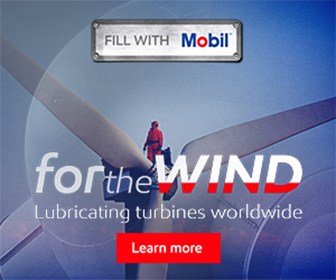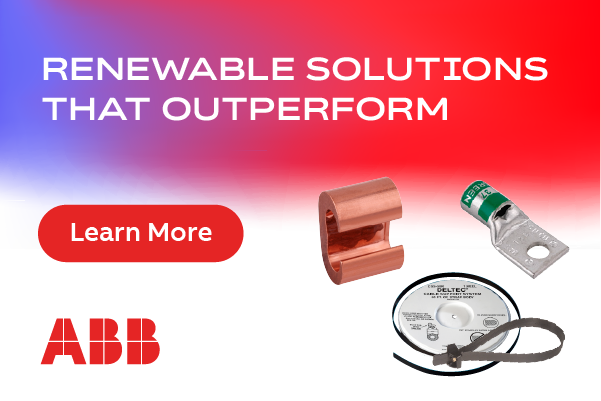Conquering the Sub Layer Paradox
The term "terra firma" often aligns with the sentiment of voyagers returning from adventures at sea, as they encounter relief from the solid ground beneath their feet. For those involved in the operations of industrial and infrastructure projects, such as road construction, the literal concept of terra firmatranslates to a variety of conditions, many of which directly affect the simple movements of people, the transportation of goods, and the access to areas where natural resources can be sourced.
Experts tasked with finding solutions to the many challenges of constructing reliable, safe, and long-lasting roadways and access points, deal with a vast number of factors that affect the quality and durability of these projects.
 The energy and mining industries in western Canada are synonymous with the provisions of commodities across Canada, and throughout the world. Large plays, where valuable natural resources are sourced, are often in areas virtually inaccessible; unstable land foundations such as high-water tables and soft layers of earth, impede access to these locations. The performance and demands of the heavy equipment required to operate these regions rely on the foundations beneath them to be extremely sturdy. Which presents a paradox: how to create strength where virtually none exists.
The energy and mining industries in western Canada are synonymous with the provisions of commodities across Canada, and throughout the world. Large plays, where valuable natural resources are sourced, are often in areas virtually inaccessible; unstable land foundations such as high-water tables and soft layers of earth, impede access to these locations. The performance and demands of the heavy equipment required to operate these regions rely on the foundations beneath them to be extremely sturdy. Which presents a paradox: how to create strength where virtually none exists.
Reportedly, construction industry consumes 16 percent of water, 25 percent of raw timber, and 40 percent of stones, sand, and gravel, as well as 40 percent of the total energy produced in the United States annually. Road construction is one of the major contributors to consumption of these materials. Construction requires a huge amount of resources that are costly, and hard to replace. The industry has been dealing with challenges such as the virgin aggregates mining, hauling to the construction site, and the process of onsite construction, along with the necessary heavy construction equipment (the emissions from which contribute to more carbon dioxide, and other pollutants to the environment).
One innovative solution can be found in geocells. To overcome the issues faced by "sustainable construction", geocells can minimize the need for virgin aggregate; in turn, this reduces the carbon footprint of the construction project. An expandable, honeycomb shaped, 3D system that can be infilled with different materials - such as sand, gravel Recycled Asphalt Pavement (RAP) and Recycled Asphalt Concrete (RAC) - provides a stiff layer that can support heavier loads. 3D confinement of material reduces the pressure applied to the subgrade soil, improving the modulus of the reinforced material by up to 7.5 times (for geocells comprised of a nano-polymeric alloy).
 Geocell technology is not http://new. It made its mainstream debut in the late 1960s, during the Vietnam war. Developed by the US Army Corps of Engineers as a viable means to land heavy equipment on beaches, the technology was later licensed for civilian applications (following an evolution of alloy materials containing polyolefin, and engineering thermoplastic polymers). The resulting product has changed the way many roadway construction projects are being built. Benefits include substantive economic savings, as well as exponentially increasing the life and durability of the roadway.
Geocell technology is not http://new. It made its mainstream debut in the late 1960s, during the Vietnam war. Developed by the US Army Corps of Engineers as a viable means to land heavy equipment on beaches, the technology was later licensed for civilian applications (following an evolution of alloy materials containing polyolefin, and engineering thermoplastic polymers). The resulting product has changed the way many roadway construction projects are being built. Benefits include substantive economic savings, as well as exponentially increasing the life and durability of the roadway.
In Alberta, Canada, notable projects include a 1000-meter roadway testing. The project was led by the University of Alberta near Nisku, where cement-treated base went head-to-head with a polymeric alloy product, to measure and contrast their destructive properties. Another project took place in the village of Ryley, Alberta, where a residential street was in grave need of rehabilitation. In both cases, geocell technology provided the solutions and savings - both economically, and in future maintenance requirements. The Ryley project realized a 10 percent savings on initial construction, 25 percent on asphalt required, 25 percent on excavation, and an overall 20 percent savings over conventional methods. By completion, CO2 emissions were reduced by 20 percent, along with a 50 percent reduction in long-term maintenance demands, and a 15 percent increase in support capacity.
The 93,500kg of reduced CO2 emissions in this project alone, defines the successful conquest of the paradox of such projects' demands to achieve strength and difference.
 All energy, mining, and forestry projects rely on heavy equipment. These types of projects are naturally situated in remote areas that depend on stable site access routes, and efficient and safe operations. Matting has long been a solution to contend with the needs of establishing a solid temporary ground surface. Matting has been useful to an extent, notwithstanding the challenges of extreme ground, and seasonal weather conditions. Load support design and construction for these apparatuses are crucial; they have become major geotechnical stumbling blocks, since they must be situated on stable foundations. Paradoxically, they're often situated on weak subgrades, wetlands, muskeg, or high water tabled areas.
All energy, mining, and forestry projects rely on heavy equipment. These types of projects are naturally situated in remote areas that depend on stable site access routes, and efficient and safe operations. Matting has long been a solution to contend with the needs of establishing a solid temporary ground surface. Matting has been useful to an extent, notwithstanding the challenges of extreme ground, and seasonal weather conditions. Load support design and construction for these apparatuses are crucial; they have become major geotechnical stumbling blocks, since they must be situated on stable foundations. Paradoxically, they're often situated on weak subgrades, wetlands, muskeg, or high water tabled areas.
With mats commonly weighing between 1,000kg to over 4,000 kg, the most durable mats are constructed using three-ply oak, softer woods (such as fir), or even steel, depending on the specific requirements of the project and equipment. Mats are quickly assembled on site with a solid core, resist wane, and can have a project life of up to seven years, depending on material used, how accurately it's installed and aligned to its appropriate need, and equipment loads.
Marc is President of two organizations - Paradox Access Solutions, and Stratum Logics. He is a serial entrepreneur who, drawing upon years of successful business experience, creates motivational corporate cultures of mentoring, hands-on training, and support, to transform vision into industry-leading enterprises. With six patents under his belt in the road building industry, Marc realized there were new technologies that would substantially reduce construction costs, while providing more sustainable solutions.
Paradox Access Solutions | www.paradoxaccess.com
Stratum Logics| www.stratumlogics.com
Author: Marc Breault
Volume: 2019 March/April









